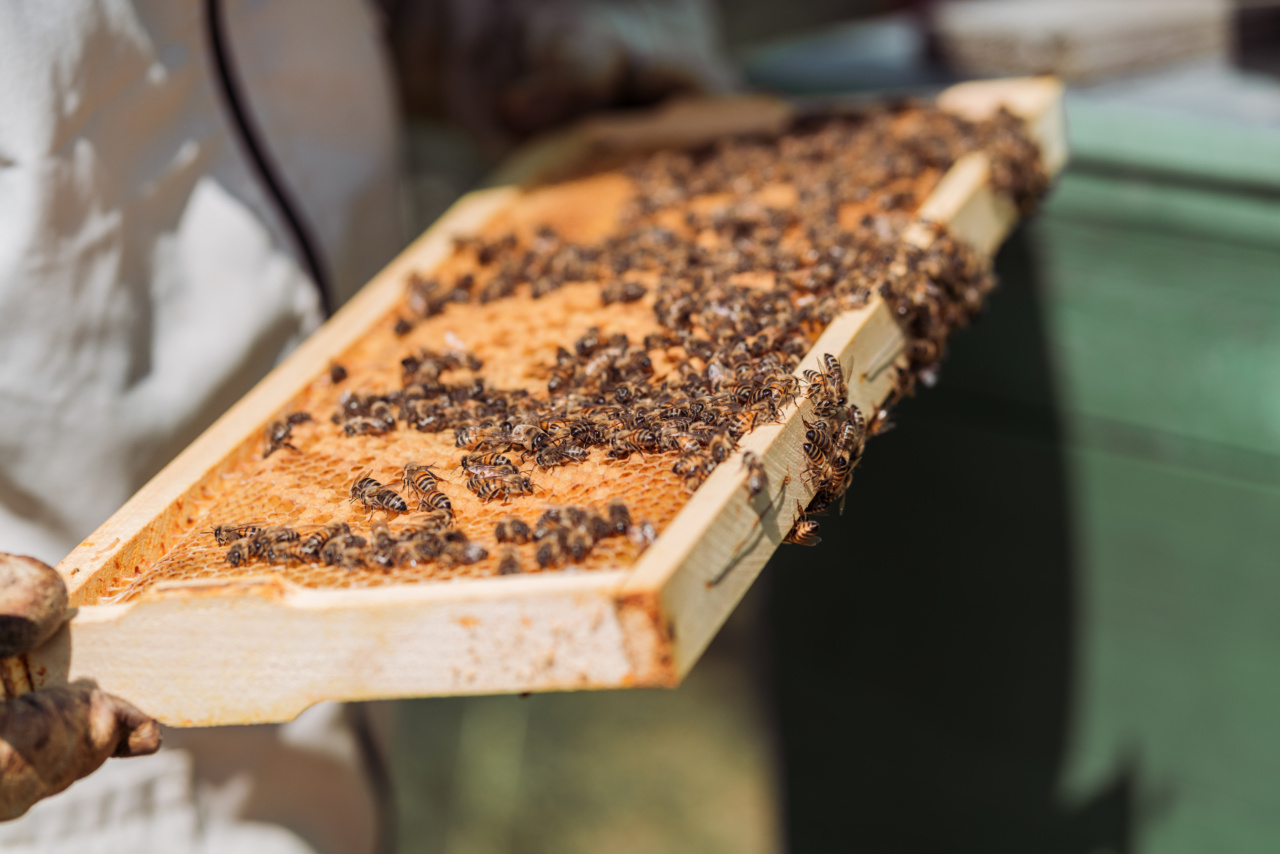Antibiotic-resistant bacteria are strains of bacteria that have developed the ability to survive and multiply in the presence of antibiotics.
These bacteria have acquired genetic changes that allow them to resist the effects of one or more antibiotics, making them difficult to treat and potentially causing severe infections that are resistant to conventional treatment methods.
The rise of antibiotic resistance
The rise of antibiotic resistance is a global health concern. Over the past few decades, the misuse and overuse of antibiotics have contributed significantly to the emergence and spread of antibiotic-resistant bacteria.
When antibiotics are used inappropriately, such as when prescribed for viral infections or taken incorrectly, bacteria have a higher chance of surviving and developing resistance to the drugs.
Additionally, the extensive use of antibiotics in healthcare settings, agriculture, and animal husbandry has put selective pressure on bacteria, favoring the survival and proliferation of resistant strains.
This has led to the widespread dissemination of antibiotic resistance genes among bacterial populations.
The threat of antibiotic-resistant bacteria
Antibiotic-resistant bacteria pose a significant threat to public health. Infections caused by these bacteria are more difficult to treat, leading to longer duration of illness, increased rates of treatment failure, and higher mortality rates.
In some cases, there may be no effective antibiotics available to treat certain infections, leaving patients with limited options and potentially life-threatening consequences.
The World Health Organization (WHO) has identified antibiotic resistance as one of the greatest threats to global health, emphasizing the urgent need for action to combat this growing problem.
Without effective antibiotics, complex surgical procedures, cancer treatments, and other medical interventions could become extremely risky or even impossible.
The role of honey
Honey has been used for centuries as a natural remedy for various ailments, including wound healing and soothing sore throats.
In recent years, researchers have turned their attention to honey as a potential weapon against antibiotic-resistant bacteria.
Studies have shown that honey possesses inherent antibacterial properties due to its composition, which includes high sugar content, low water content, and the presence of certain enzymes and antioxidants.
These properties create an unfavorable environment for bacterial growth and can inhibit the growth of antibiotic-resistant strains.
Honey and wound healing
One area where honey has shown particular promise is in wound healing. Chronic wounds, such as diabetic foot ulcers or infected surgical wounds, are prone to colonization by antibiotic-resistant bacteria.
These infections are challenging to treat and can lead to severe complications.
Several studies have demonstrated that honey, when applied topically to wounds, can promote faster healing and reduce the risk of infection.
The antibacterial properties of honey help control bacterial growth, even in the presence of antibiotic resistance. Additionally, honey aids in the removal of dead tissue, reduces inflammation, and stimulates the growth of new healthy tissue.
Honey as an alternative treatment
Honey’s potential as an alternative treatment for antibiotic-resistant infections extends beyond wound healing.
Research has shown that honey can inhibit the growth of various antibiotic-resistant bacteria, including MRSA (methicillin-resistant Staphylococcus aureus), which is a major cause of hospital-acquired infections.
Studies have demonstrated that honey can effectively kill antibiotic-resistant bacteria or inhibit their growth through multiple mechanisms. Honey’s high sugar content draws moisture out of bacterial cells, dehydrating them and causing cell death.
Additionally, honey releases hydrogen peroxide, a natural antiseptic, when it comes into contact with body fluids.
Enhancing honey’s effectiveness
While honey shows promise as an antimicrobial agent, certain factors can influence its effectiveness against antibiotic-resistant bacteria. The type of honey, its geographical origin, and processing methods can affect its antimicrobial activity.
Manuka honey, derived from the nectar of the Manuka tree in New Zealand, has been extensively studied and is known for its potent antibacterial properties.
Standardized guidelines for honey processing, storage, and quality control are necessary to ensure the consistency and efficacy of honey as a medical treatment.
Additionally, the development of honey-based products, such as honey-based dressings or ointments, could enhance the ease of application and effectiveness in clinical settings.
Challenges and future directions
While honey shows promise as a potential weapon against antibiotic-resistant bacteria, several challenges remain.
Standardization of honey products, understanding the mechanism of action, and conducting large-scale clinical trials are essential for integrating honey as a viable treatment option in mainstream medicine.
Furthermore, it is important to recognize that honey is not a panacea and should not replace appropriate antibiotic use. Honey should be viewed as a complementary approach, particularly in cases where conventional treatments fail or are unavailable.
Continued research to explore the full potential of honey and its components in combating antibiotic-resistant bacteria is crucial.
This includes identifying and understanding the specific antimicrobial properties of honey, optimizing its use in different clinical settings, and addressing safety concerns.
Conclusion
Antibiotic-resistant bacteria present a significant challenge to modern medicine. The overuse and misuse of antibiotics have fueled the emergence and spread of these resistant strains.
In the face of this threat, natural alternatives such as honey offer hope.
Honey possesses inherent antibacterial properties and has shown promise in inhibiting the growth of antibiotic-resistant bacteria, promoting wound healing, and offering an alternative treatment option.
However, further research is needed to fully understand and harness the potential of honey as a therapeutic agent.
By recognizing the value of honey and investing in its research and development, we may find new tools in our fight against antibiotic resistance and ensure a healthier future for generations to come.






























